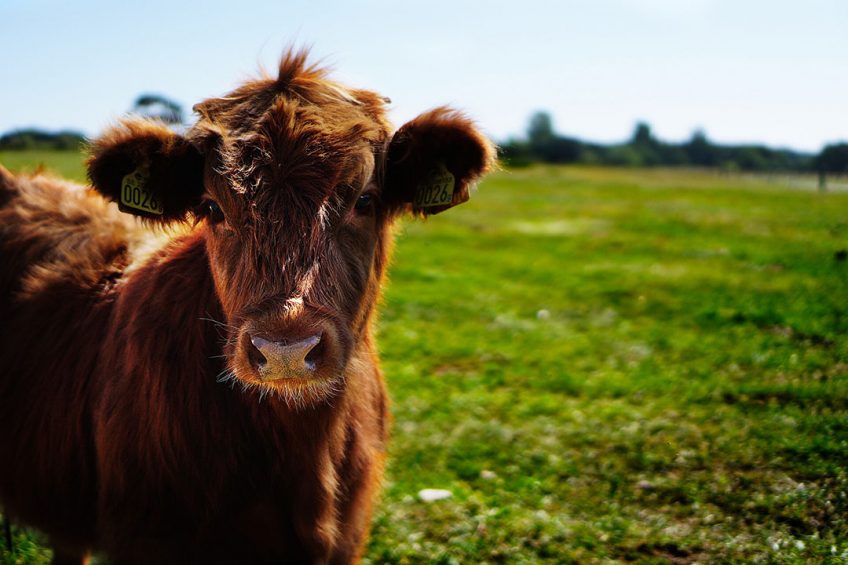Feed of the future

Microalgae-derived astaxanthin meets growing demand for feed supplements and sustainability concerns alike.

Driven by consumer interest in environmental health, traceability, animal welfare and a cleaner lifestyle, sustainability is one of today’s most important challenges for industries globally. As a result of these consumer expectations, plant-based sourcing is flourishing and finding its way into the feed sector. When it comes to plant-based alternatives to traditional ingredients, algae are a very promising candidate. Almost at the bottom of the marine food chain, microalgae are a renewable source of protein and they also offer other valuable compounds for human and animal nutrition, including omega-3 fatty acids, beta-carotene and astaxanthin. The latter is a powerful antioxidant and natural carotenoid derived from the microalga Haematococcus pluvialis, which is found in waters around the world and it provides environmental as well as health benefits.
Saving natural resources
Microalgae could be one option for feed producers looking to make more efficient use of natural resources. One of the biggest challenges we will face in the future is the question of how to sustainably feed the world’s growing population with limited resources. According to the United Nations’ World Population Prospects predictions, there will be 9.7 billion people living on our planet by 2050, which means that demand for animal protein will continue to rise. But growth in animal production places tremendous demands on natural resources and drives greenhouse gas emissions up. Agriculture must therefore become more efficient, use less land, and reduce its environmental footprint. Because they need significantly less energy, space and nutrients to be kept alive, and do not require the use of pesticides or protection chemicals, algae are more sustainable than conventional forage crops and have limited environmental impact.
Sustainable animal production

Alongside their environmental benefits, algae-derived feed ingredients such as astaxanthin can support animal health and thus improve the livestock value chain. For farmers, obtaining the highest possible yield from cattle, pigs, sheep, poultry and other animals is key. And the best way to achieve this is by nourishing and safeguarding their health. Replacing livestock because of illness has significant economic and environmental costs. But, with its antioxidant activity, astaxanthin provides scientifically proven benefits for animal wellbeing and general health, thus supporting productivity in agriculture. For example, in dairy cows, it can reduce the incidence of mastitis – an udder inflammation that can dramatically lower milk output. And feeding trials with hens have shown that astaxanthin improves egg production, the percentage of hatching chicks and the overall health of the hens. Moreover, the nutrient encourages improved fertility, stronger immune defence, better growth during suckling and the structural integrity of the digestive system in poultry. In the wild, animals have to obtain astaxanthin from their diet as they cannot produce carotenoids themselves: Its consumption is what gives salmon, shrimp, lobsters and even flamingos their distinctive pink colour.
Market drivers for supplements
Safeguarding wellbeing via feed supplements such as astaxanthin is vital, since stress, transport and changes of environment can increase the risk of infection and mortality. According to forecasts, the global feed supplements market will grow at a CAGR of 6.2% through to 2027. The European market is one of the largest, thanks to increased awareness of animal health and meat quality, and the shifting trend in meat consumption towards poultry and pork, which require high degrees of feed additive input. These numbers coupled with our planet’s finite natural resources and its growing population highlight just how much the world needs sustainable food and feed systems – both to reduce our environmental footprint and to ensure safe and healthy nutrition for all. Microalgae-derived astaxanthin could make a valuable contribution to that target, as it is a sustainable and naturally sourced feed ingredient with excellent eco-credentials.











